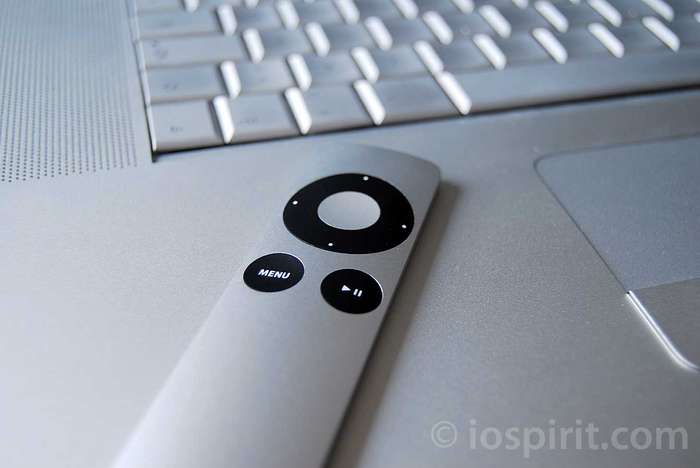A little less than two months ago, Apple® unveiled the second generation Apple® Remote. The most visible change is that its enclosure is now made of aluminum. But there's a lot more. I've spent the past six weeks with the new remote and it's packed with beautiful technical and design details. I'll cover most of them in the following review - from unboxing all the way down to the IR codes.
Unboxing
Compared to the original, plastic remote, Apple® has massively reduced the size of the packaging. The new aluminum Apple® Remote's packaging consists of two plastic shells and is just big enough to enwrap the remote and its documentation.
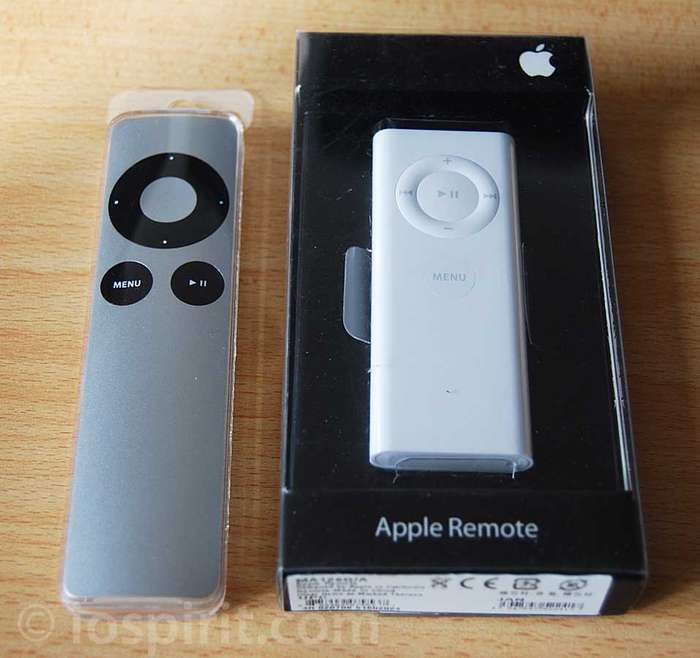
Inside the packaging: the remote, documentation and warranty information.
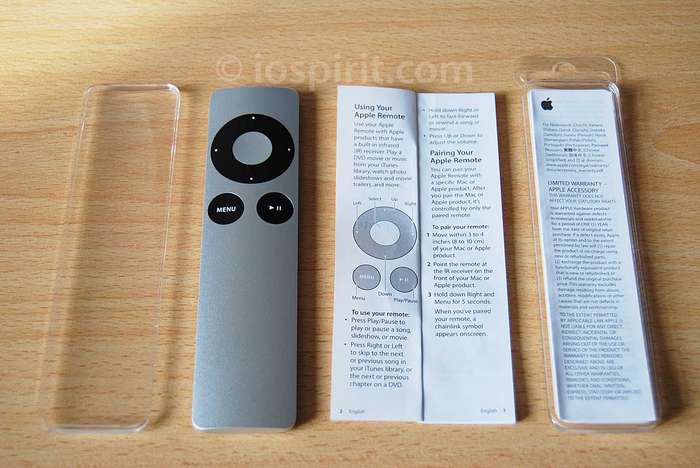
Larger and thinner
The new aluminum Apple® Remote is bigger than its predecessor, which makes holding it much more comfortable - especially if you have big hands.
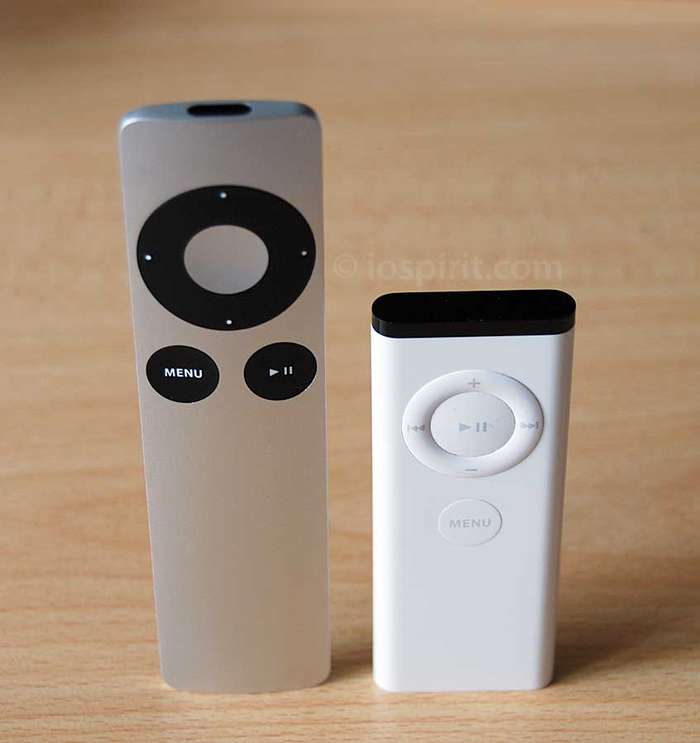
Made from one block of aluminum, it's much thinner in both width and depth and also feels a lot more durable.
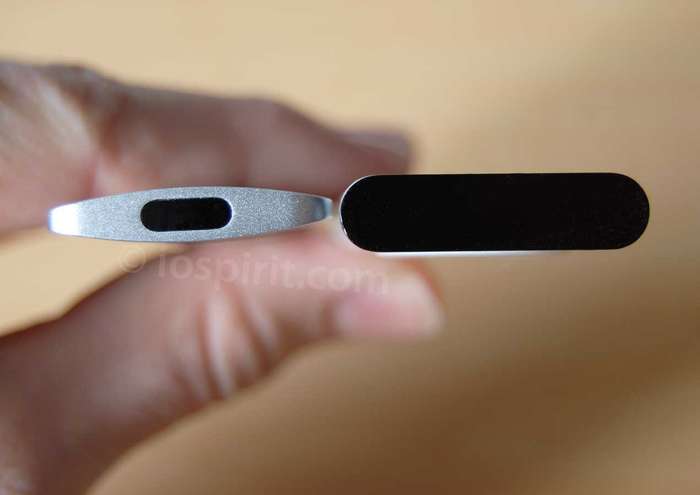
Exchanging the battery
The white Apple® Remote's battery compartment has an ejection mechanism at its lower end that can be triggered with the tip of a pen. It's however "hidden" so well that some users thought that they couldn't exchange the battery themselves - or at all.
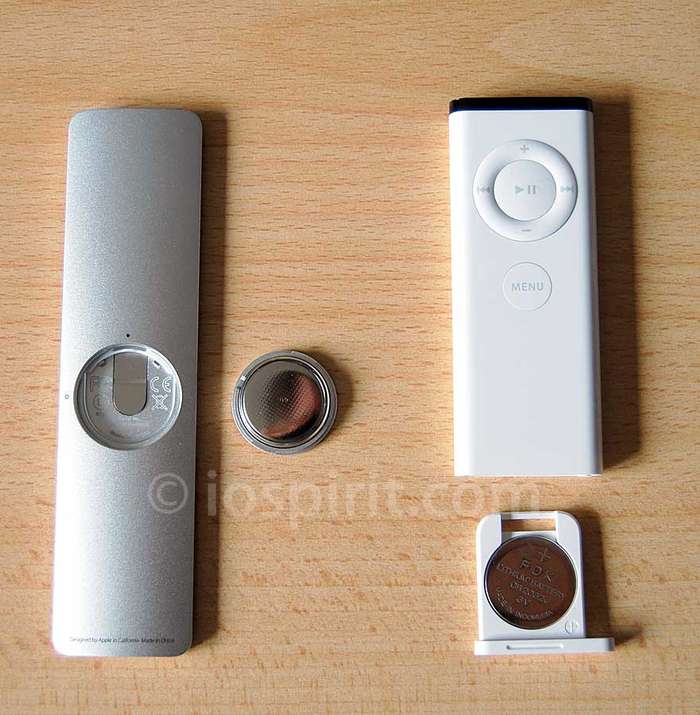
In contrast, the new remote's battery compartment is quite visible. It's located on the back of the remote and can be opened with a coin. When it's open (as pictured below), another great design detail becomes very visible: the compartment's cover is curved like the rest of the remote.
Also worth noting: most of the fine print found on the back of the first generation model - including serial and model number, CE and FCC logos - has moved inside the battery compartment. And: unlike the first generation - which has a recessed Apple® logo on the flip side - the new aluminum model doesn't have any Apple® logo on it at all. The only Apple® branding on this product is the tiny "Designed by Apple in California. Made in China." text engraved on the flip side.
Both the old and new Apple® Remote use the same battery type: a CR2032, 3 volts coin battery.
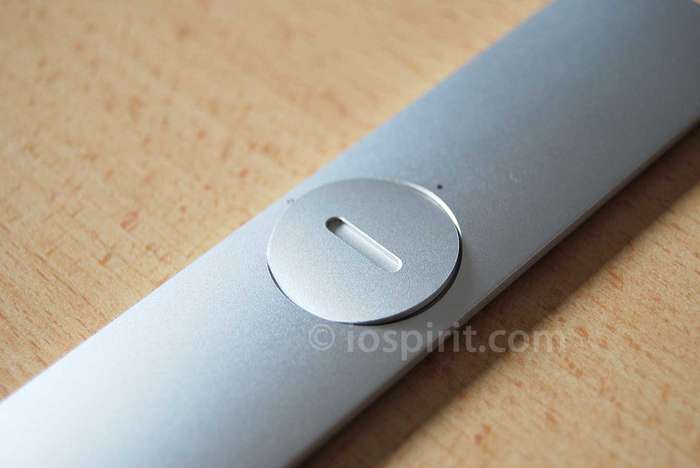
A new button layout - and one additional button
When I first looked at official product photos of the new Apple® Remote, I ended up with the impression that Apple® had removed the button at the center of the navigation ring and moved it down into one row with the menu button.
I'm very happy that my first impression was wrong. The new Apple® Remote still has the center button and - this is the real news - an additional Play/Pause button. This increases the number of buttons from six (for the white first generation model) to seven. More on that later.
Another concern of mine was that, since the Menu and Play/Pause button are in one line, they could be easily confused. Turns out, the Apple® engineers have recognized and solved this design issue, too: while the Play/Pause button is aligned with the rest of the surface, the Menu button is recessed. With this haptic feedback in place, the two buttons are distinguishable in an intuitive way.
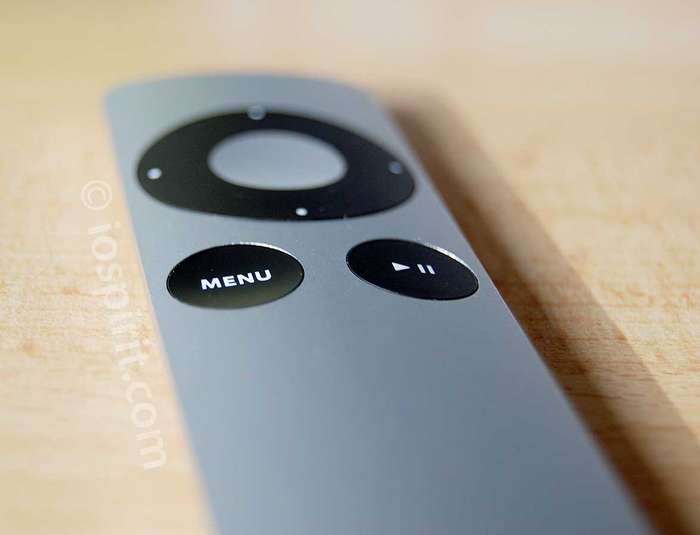
Driver support in OS X
Apple® updated the driver for built-in Apple® IR Receivers in OS 10.6.2 to include specific support for the additional button. This means that applications that use the OS X driver can distinguish between the "Center" and "Play/Pause" buttons only under OS 10.6.2 and later. Under all previous OS releases, the two buttons act like the "Play/Pause" button of the old, white remote and can't be distinguished by applications.
Our software Remote Buddy uses its own driver and therefore is not subject to such limitations. At the time of writing, it's the only software that allows full customization and distinct usage of all buttons of the new aluminum Apple® Remote under all releases of OS X 10.4, 10.5 and 10.6 with either a built-in Apple® IR Receiver or one of the supported eHome/MCE and Keyspan IR receivers.
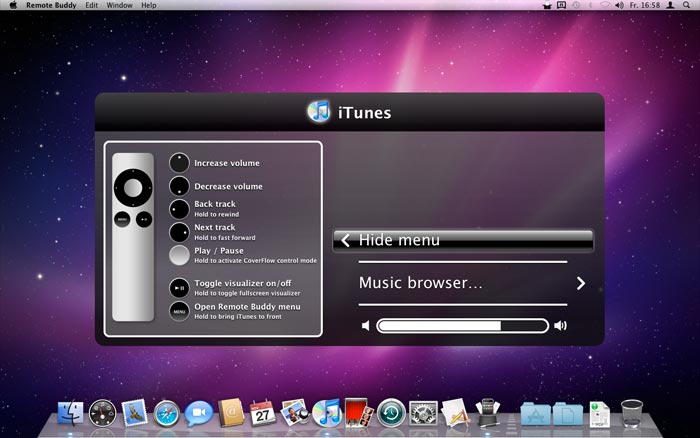
How Apple® achieved backward compatibility
The introduction of an additional button raises an interesting question: how does Apple® retain backward compatibility with older hardware (like f.ex. the Universal Dock) and drivers (like f.ex. in OS 10.4 and 10.5) and - at the same time - keep the ability to distinguish between the "Center" and "Play/Pause" buttons in OS 10.6.2 and later?
To answer this question, we need to take a look at the raw infrared signals transmitted by the remote.
What I found is this: like its predecessor, the new Apple® Remote sends the same, old "Play/Pause" code for both the "Center" and "Play/Pause" buttons. But, right before transmitting these button codes, it transmits an additional "prefix" button code - as seen in the table below.

Legacy hardware and old driver software receive the additional prefix code and ignore it. Right after, they receive and handle the "old" button code that follows and react to the "Center" and "Play/Pause" button presses like they previously did when receiving a "Play/Pause" button press from a plastic Apple® Remote.
Apple® found a smart solution to achieve backward compatibility. But it comes at a price: hardly any current Universal Remote will be able to correctly learn and emulate the new codes. I fully expect that, instead, they'll just record and replay the raw IR signal of the new buttons. The effect of this will be that one button press on the Universal Remote will be translated into several raw replays of the new Apple® Remote codes. Or, in other words: one button press on the Universal Remote will act like multiple button presses, because that's what'll be sent.
Developers
Developers can add support for the new aluminum Apple® Remote to their Cocoa® applications by adopting my HIDRemote Objective-C® class. The latest version includes support for the new aluminum Apple® Remote button codes and can also auto-detect the model in use.
Summary
The new Apple® Remote is a worthy upgrade to its predecessor all around. Its increased size and solid unibody enclosure make for a much better grip. And once your hands got used to a remote that thin, it really feels great. In a somewhat unexpected move, Apple® also added a button, which provides users of Remote Buddy with even more possibilities to control their Mac®. Finally, Apple®'s smart use of IR codes keeps the new remote compatible with old accessories like the Universal Dock. The only downside to Apple®'s IR code magic: most universal remotes will need a firmware update before they can correctly emulate the new codes.
